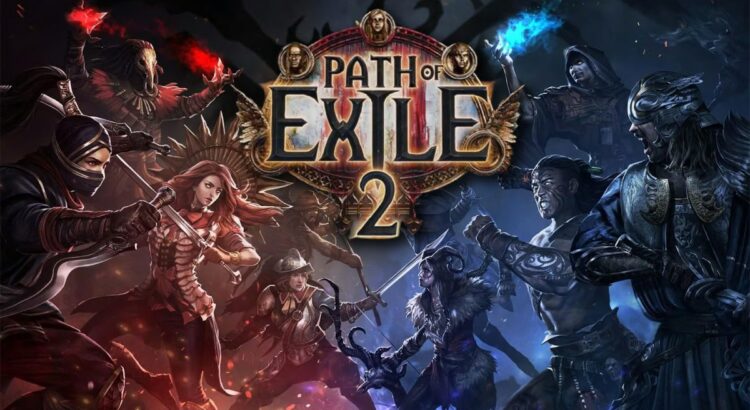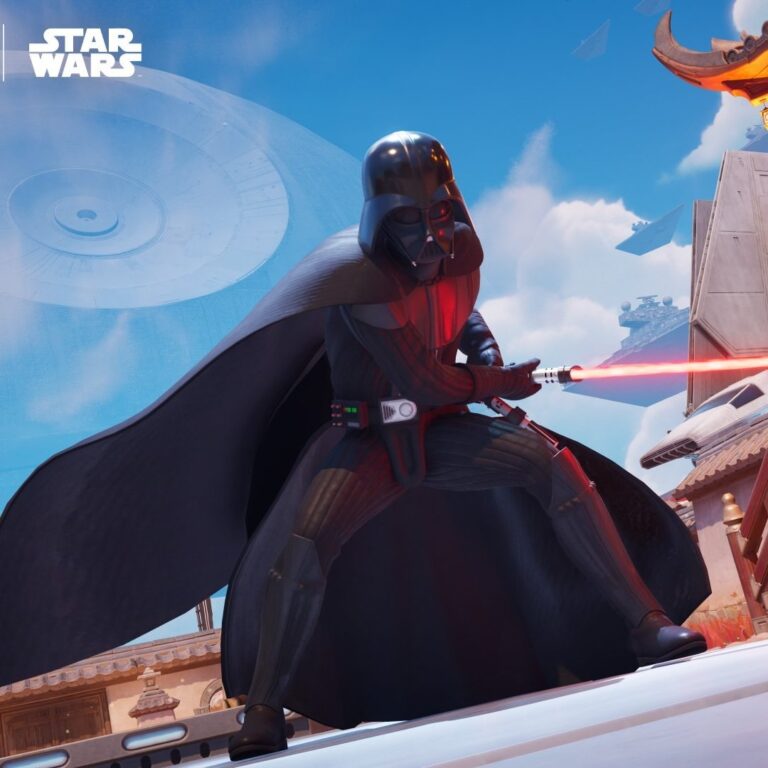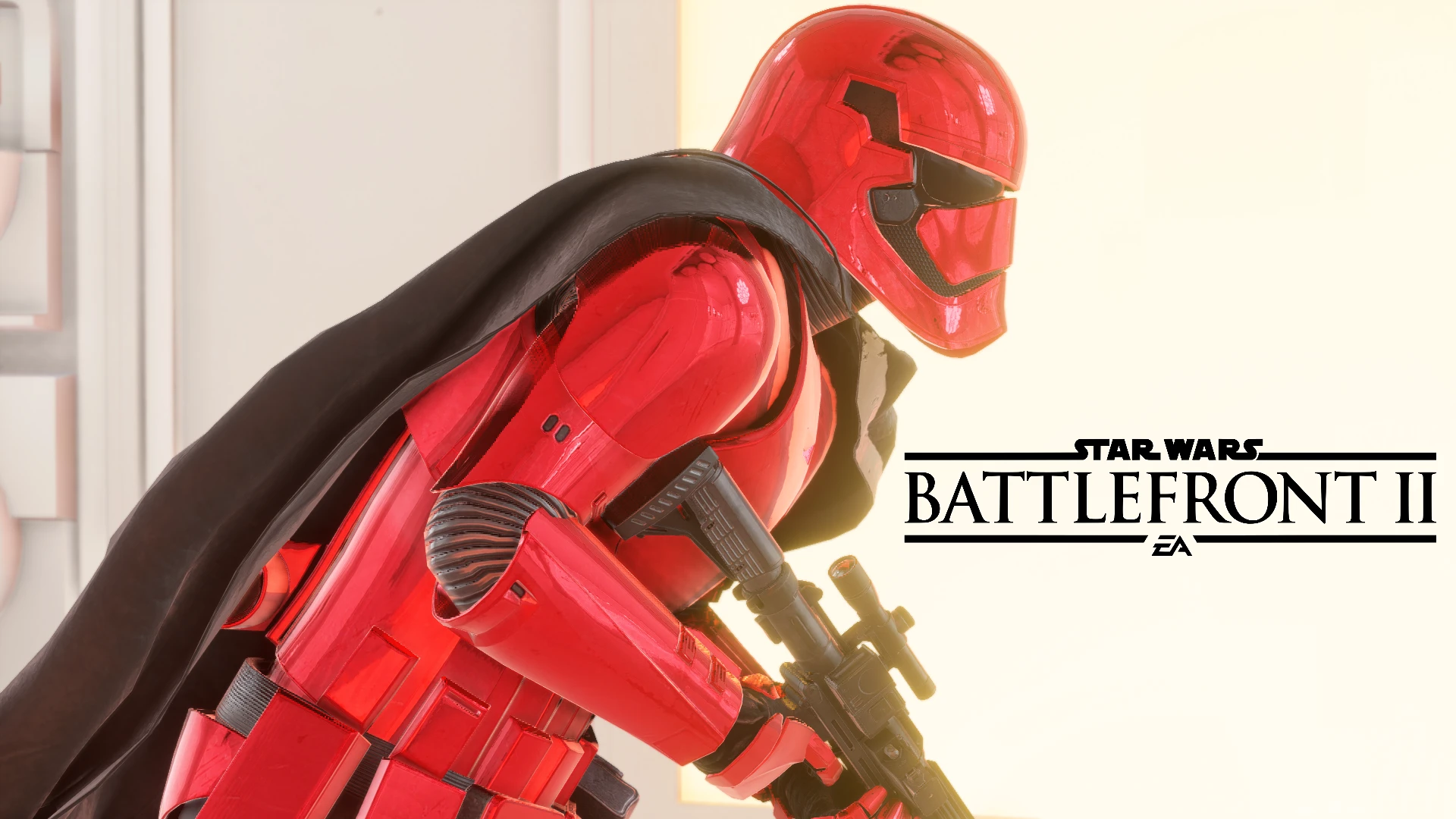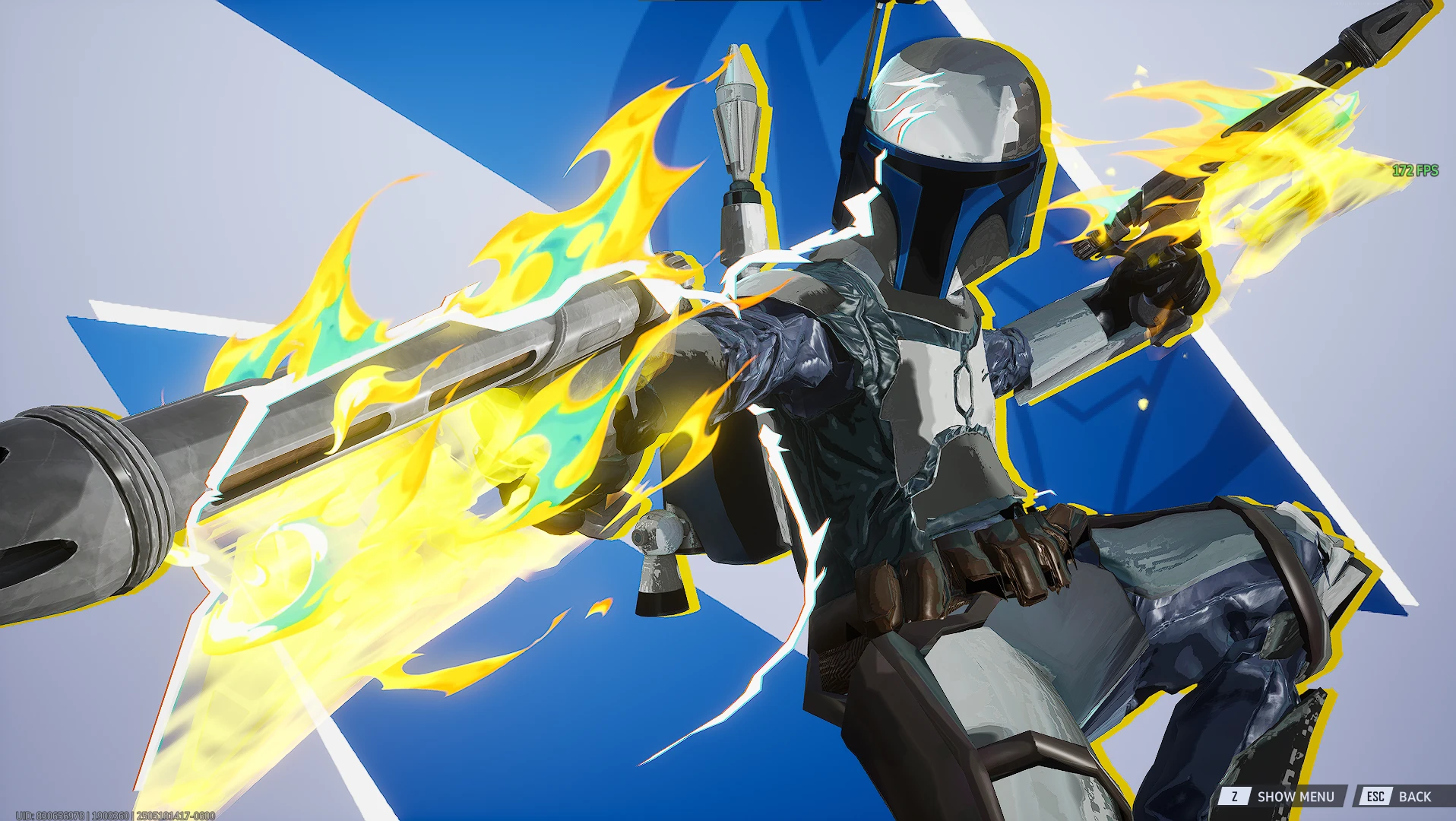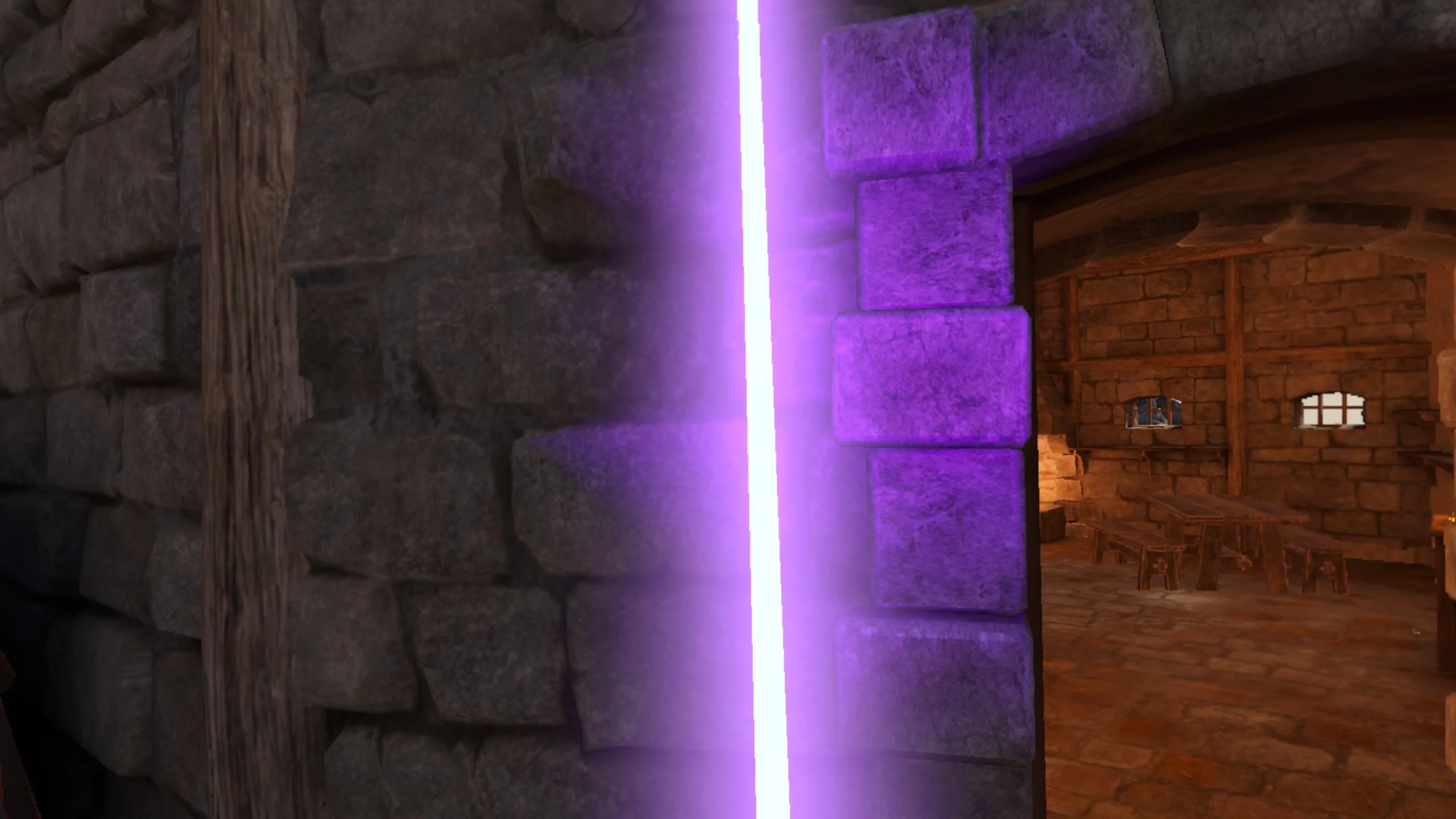Path of Exile 2 has revolutionized the ARPG genre with its unique approach to in-game economy. Unlike traditional RPGs that rely on gold-based systems, POE2 continues the franchise’s innovative use of functional currency items that serve dual purposes. Understanding how currency exchange works in this complex ecosystem is crucial for both newcomers and veterans looking to maximize their gameplay experience in 2025.
Introduction to Currency in POE2
Path of Exile 2 stands as one of the most sophisticated loot-based ARPGs on the market today. At its core, the game revolves around acquiring, crafting, and trading powerful items to enhance your character’s abilities. What sets POE2 apart from other games in the genre is its currency system, which completely abandons the traditional gold-based economy found in most RPGs.
Instead of meaningless gold coins, every currency item in POE2 serves a practical function in the game world. Whether it’s Orbs that can modify item properties or Scrolls that identify mysterious equipment, each currency piece has intrinsic value beyond mere trading power. This functional currency system creates a dynamic economy where supply and demand are driven by actual gameplay needs rather than arbitrary values.
For players both new and experienced, understanding this economy isn’t just helpful—it’s essential. Those who master currency exchange gain significant advantages in character progression, often accessing powerful gear much earlier than those who don’t.
Core Currency Types in POE2
The foundation of POE2’s economy consists of various orbs, scrolls, and crafting items, each with unique functions. Common currency items include Scrolls of Wisdom for identifying items and Portal Scrolls for creating town portals. Mid-tier currencies like Orbs of Alchemy transform normal items into rare ones, while Chaos Orbs completely reroll the properties of rare items.
At the high end of the spectrum, Exalted Orbs and Divine Orbs represent the most valuable standard currencies in the game. Exalted Orbs add a random modifier to rare items, while Divine Orbs reroll the numerical values of existing modifiers. These premium currencies serve as the backbone of high-value trades in the player economy.
What makes this system fascinating is how item modification directly fuels demand. For example, during crafting seasons, Alteration Orbs might spike in value as players attempt to roll specific modifiers on their gear. Similarly, when a new meta build emerges that requires perfectly rolled unique items, Divine Orbs often see increased demand and value.
How Currency Exchange Works in Practice
The currency exchange system in POE2 operates primarily through player-to-player interactions. After completing the main campaign and entering Cruel Difficulty, players gain access to the in-game Currency Exchange feature through vendors like Finn in Clearfell Encampment.
This interface allows players to: 1. Select which currency they want to acquire 2. Choose which currency they’re willing to trade away 3. View current market ratios and available trades 4. Place orders that other players can fulfill
The system works by matching buy and sell orders from the player community. When you place an order, the game automatically notifies you when a matching trade is found. This eliminates the need for direct player interaction for basic currency exchanges, making trading much more accessible.
Outside the game, many players also use third-party websites and trade APIs to facilitate larger or more complex trades. These platforms aggregate listings and help establish market prices based on supply and demand. Some trusted services like LootBar.gg have emerged as valuable resources for players looking to buy PoE2 Currency when they need to quickly gear up for endgame challenges.
The value of items in POE2 isn’t fixed but rather established through community consensus. Factors affecting prices include: – Utility in the current meta – Rarity and drop rates – Seasonal demand for specific crafting methods – New content releases that shift player priorities
Of course, this player-driven economy comes with challenges. Market fluctuations can be unpredictable, making investments risky. Scams remain an unfortunate reality, and timing trades around market shifts requires experience and knowledge.
Comparing POE2 to Other ARPGs’ Monetization Models
One of POE2’s most distinctive features is the absence of a traditional auction house. While this might seem inconvenient at first, it’s a deliberate design choice that prevents the economy from becoming too efficient and automated. By requiring actual player interaction for most trades, POE2 maintains item value and slows economic inflation.
The influence of rare item drops and RNG (Random Number Generation) on the economy cannot be overstated. When extremely rare items drop, they create ripples throughout the market as players scramble to acquire the currency needed to purchase them. This unpredictability keeps the economy dynamic and interesting.
Unlike games with developer-regulated economies, POE2’s community-driven system allows for organic growth and adaptation. Players determine what has value based on usefulness rather than arbitrary designations. This creates a more authentic economic experience that rewards game knowledge and market awareness.
Recharge Smart: Lootbar for Currency and Account Services
For players looking to optimize their POE2 experience, platforms like Lootbar.gg have become invaluable resources in 2025. As a secure recharge and services platform trusted by thousands of ARPG enthusiasts, Lootbar provides solutions for players who value their time and want to focus on the most enjoyable aspects of the game.
Lootbar.gg offers several benefits for POE2 players:
- Access to safe, fast, and global top-up options
- Competitive pricing on Path of Exile 2 currency for sale
- Professional customer service is available 24/7
- Secure transactions with multiple payment methods
While POE2 doesn’t feature direct pay-to-win mechanics, services like Lootbar support the game’s ecosystem by providing options for players with limited time to keep pace with friends and guildmates. Whether you need to buy PoE 2 Currency to complete your build or access other account services, trusted platforms ensure you can do so safely.
Many veteran players use such services strategically, especially during league starts or when attempting challenging endgame content that requires specific gear configurations. The time saved can be reinvested into the aspects of the game you enjoy most.
Tips for Managing Your Currency Efficiently
Effective currency management can dramatically improve your POE2 experience. Here are some expert strategies:
When to trade vs. hoard:
- Early game: Focus on collecting and using currency for immediate progression
- Mid-game: Begin saving higher-tier currencies (Chaos, Exalts) for trading
- End-game: Maintain diverse currency reserves for crafting opportunities
Smart investments to consider:
- Flipping items: Buy underpriced items and resell at market value
- Crafting for profit: Use currency to create in-demand items
- Bulk trading: Acquire currencies in bulk at discount rates
Common pitfalls to avoid:
- Don’t spend premium currency on low-level gear
- Avoid trading during market crashes
- Be wary of “too good to be true” offers
- Double-check all high-value trades before confirming
When in doubt, consult community price checking tools or ask experienced players for advice. The POE2 community is generally helpful to newcomers trying to navigate the complex economy.
Final Thoughts and Recommendations
Path of Exile 2’s currency system represents one of the most sophisticated economic models in gaming. While initially intimidating, the depth and complexity reward players who take the time to understand its mechanics. The system creates meaningful choices about how to use resources, making every currency drop feel significant.
Players who master exchange mechanics gain substantial advantages in their progression. Understanding market trends, timing purchases and sales, and knowing when to craft versus trade can accelerate your journey through the game’s challenging content.
For optimal gameplay in 2025, keep external tools like trade websites in your toolkit, and consider services like Lootbar when you need to buy PoE2 Currency quickly and safely. The most successful exiles balance self-found gameplay with strategic trading to maximize enjoyment and progress.
Whether you’re a solo player focusing on self-found gear or a trade league veteran flipping items for profit, POE2’s currency exchange system offers depth and engagement unmatched in the ARPG genre. The journey to understanding this system is challenging but ultimately rewarding, much like Path of Exile 2 itself.


